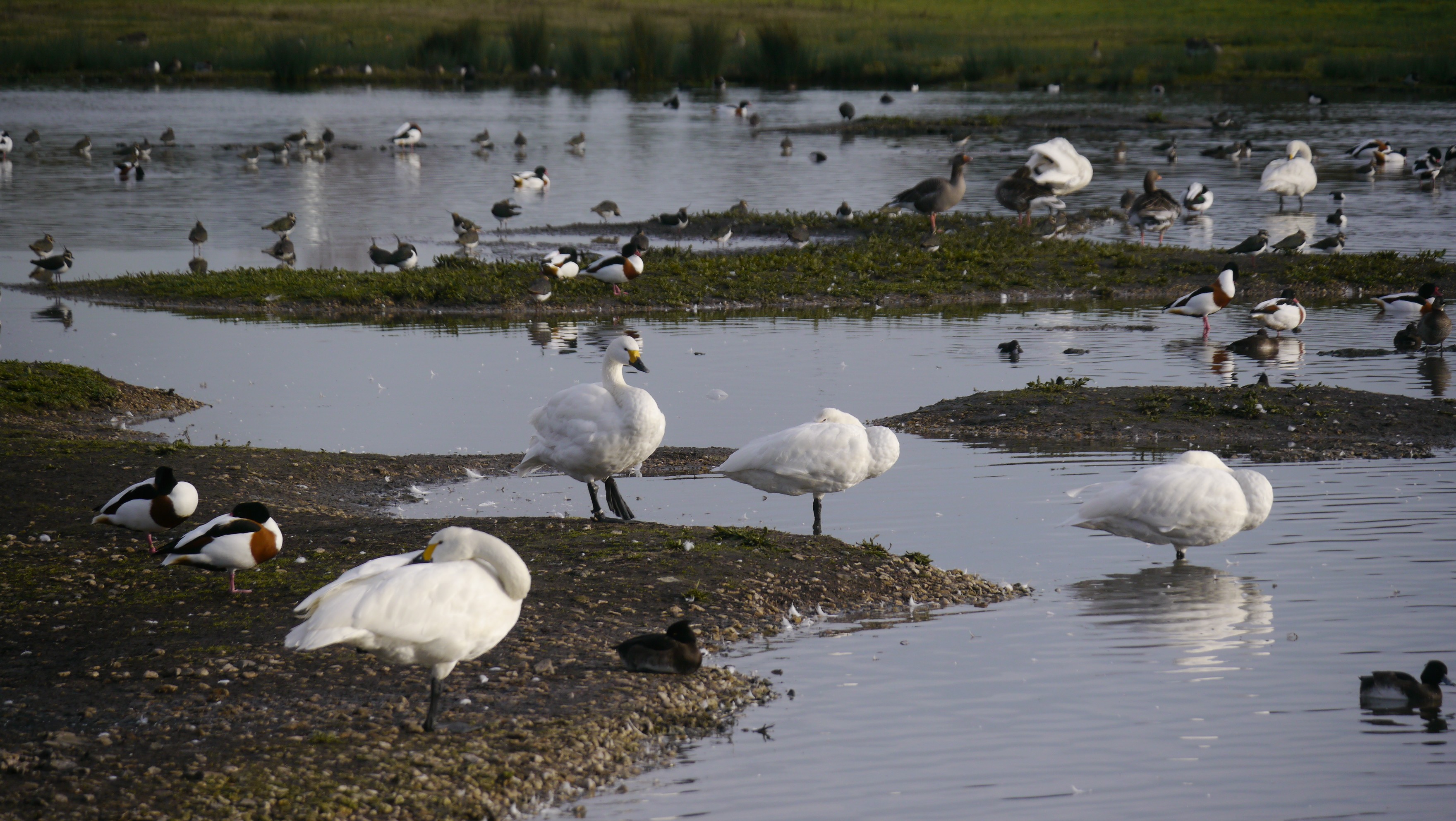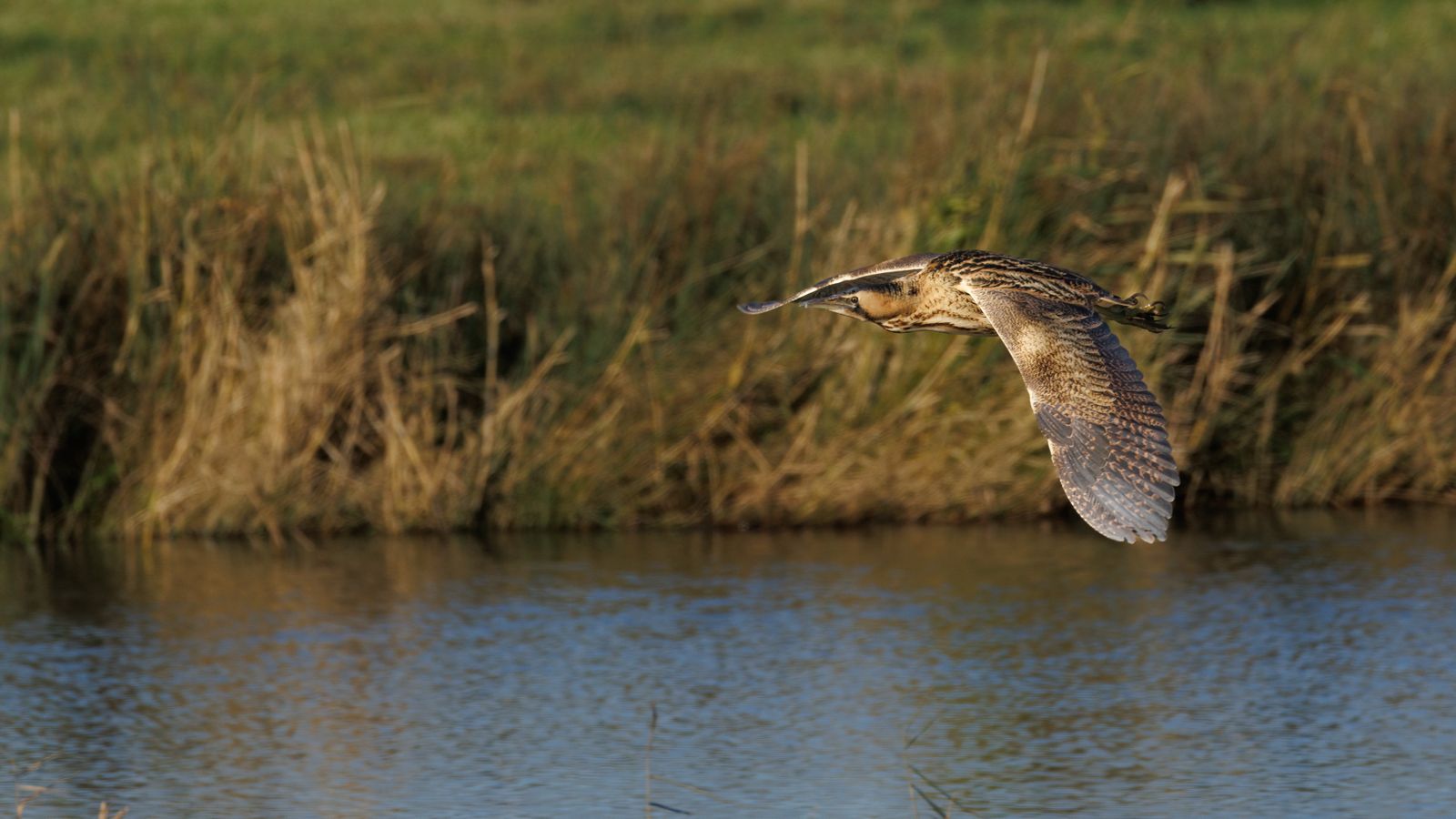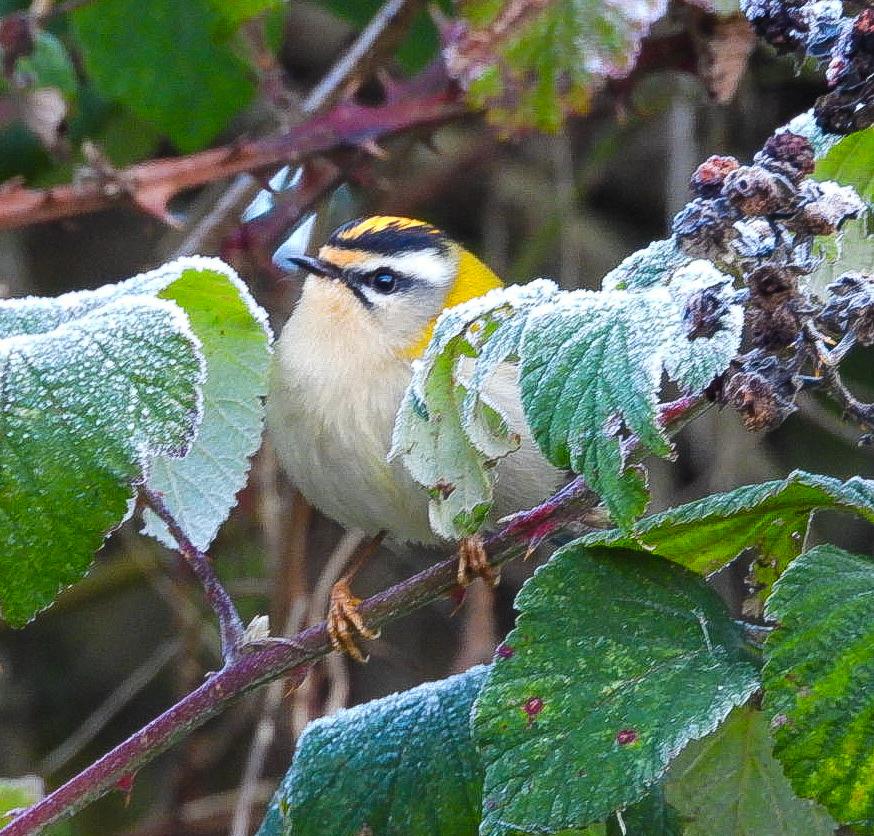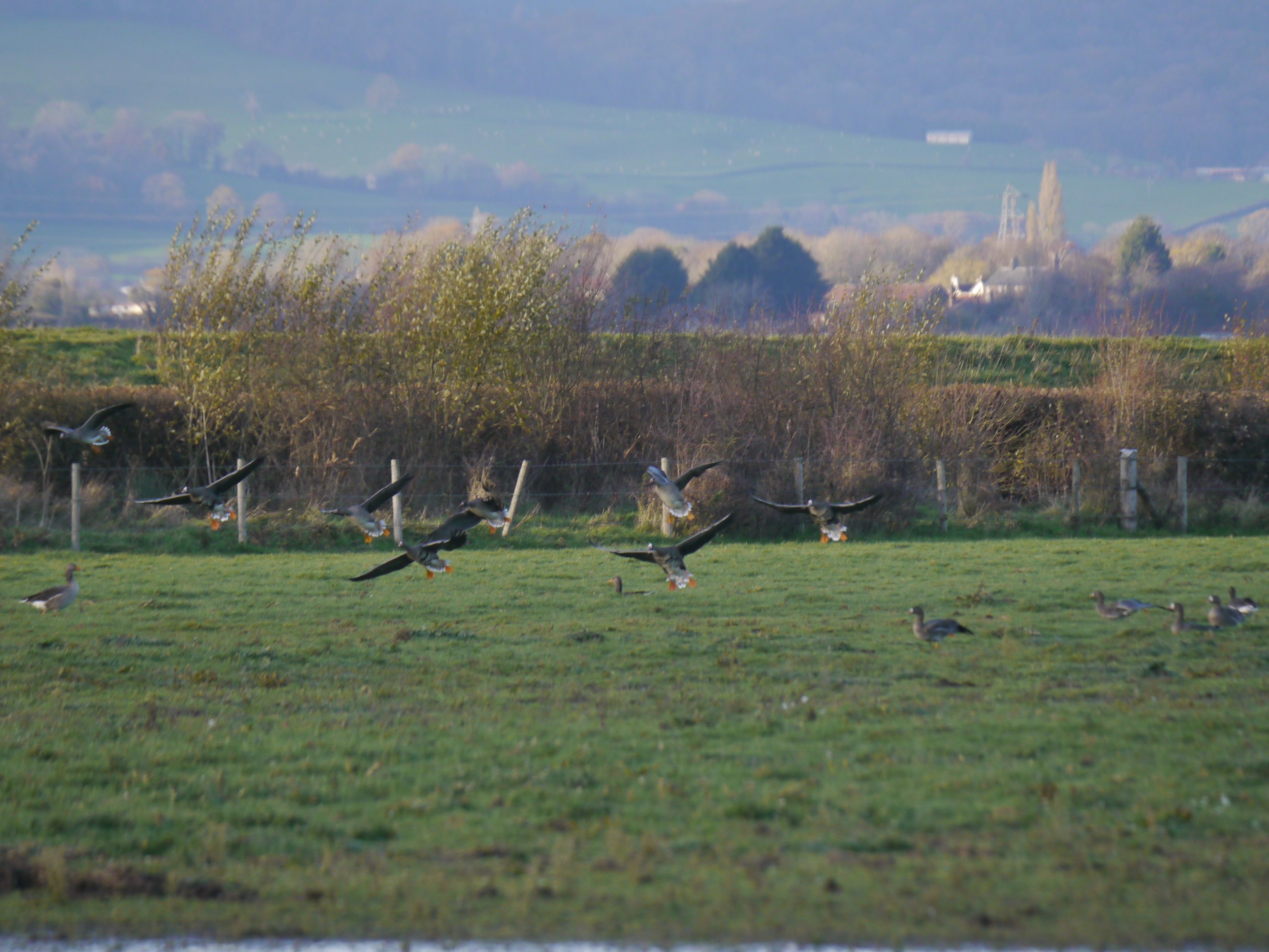Earliest ever Kingfisher breeding activity!
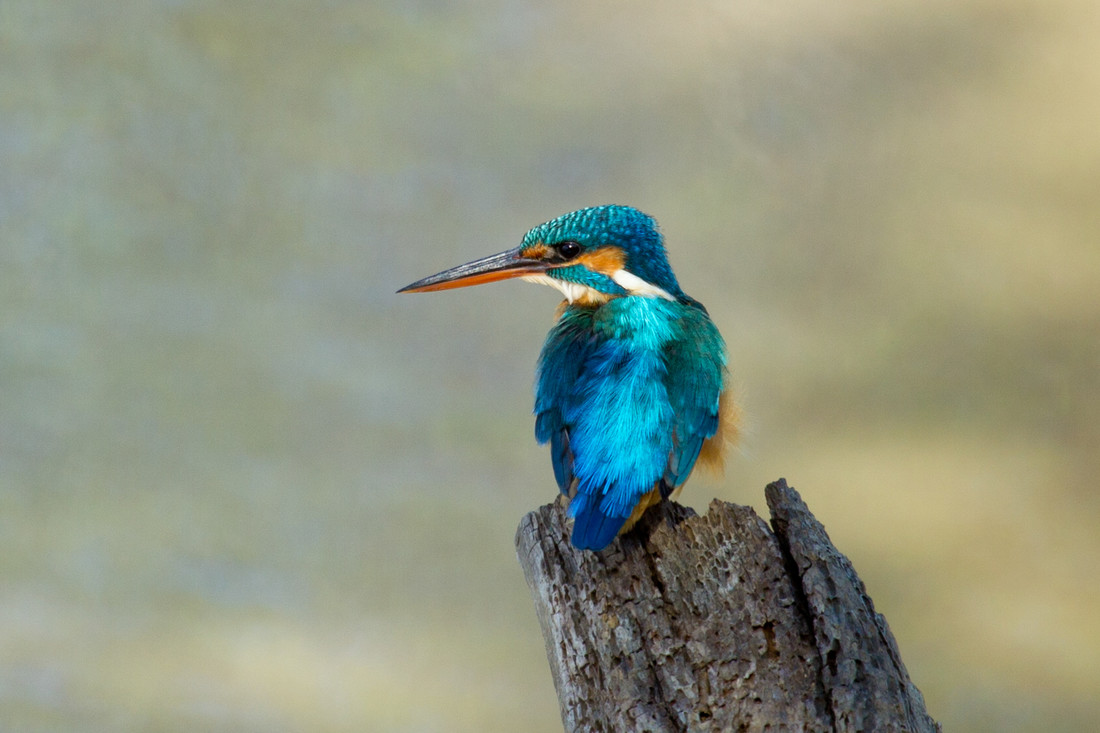
Kingfishers on the WWT Slimbridge reserve
Following on from a busy 2022/23 winter for Kingfisher sightings we had a brilliant breeding season in 2023, three broods reared at a minimum of two nest sites, we even recorded our latest ever breeding attempt with young fledging in September. It’s likely that at least ten young birds fledged last year, likely to be more.
On Monday 29 January reserve staff visited the bank to shape up the face, remove the spoil below the bank and cut back vegetation to reduce the opportunity for predators to climb up or down to the nest hole, a few perches were also added to the left and right of the bank.
The following weekend the Kingfishers began visiting with a pair digging a hole by Sunday 4 February, this is very early in the season. Why start so early? We've generally had a very warm winter, only two cold weeks with iced over waterbodies. Survival rates for this species can be affected by long and very cold spells.
They can probably regulate the temperature in the nest hole quite well but would need access to good fishing areas during incubation to feed the female or when the young hatch, it’s a gamble as we could still see ice on the water in March and April.
In recent years we have adapted many dry ditches to create permanently wet channels, this of course increases fish and other prey populations and gives the birds a better chance of survival. The work on the reserve has given many more Kingfishers a chance of surviving the colder months and overall, we can support more pairs.
We are working on another section of ditch in the car park now, even more Kingfisher habitat on the cards.
Having trialled open windows at the Kingfisher Hide we found that there was a chance that they may be impacted by the general hide noise, hands, and lenses out of the windows and the sound of camera shutters was perhaps a little too much for them, they didn't stay to nest, the birds were successful after we closed them up for the start of the breeding season. We will be doing the same again this year. The Kingfisher Hide still offers great viewing of these special birds and we hope to have another bumper year for them.
Keep up to date via our blog posts or on our Twitter account for the latest news on the birds, they can be very busy one week while digging out the hole, become a bit quieter when laying and incubating eggs and then missing for a week or two after the young fledge or between breeding attempts.
https://twitter.com/slimbridge_wild
Enjoy the Kingfisher watching.
Other sightings on the reserve today included
Snow Goose with Greylags in Tin Shed Ground from the Van de Bovenkamp Hide.
142 Russian White-fronted and the Barnacle Goose in Tin Shed Ground from Kingfisher Hide + Greylag flock and Little Grebe on the channel.
Estuary Tower
Little Stint and Grey Plover among the Dunlin and Golden Plover and the leucistic Lapwing with the Lapwing flock, Ross's Goose and Snow x Bar-headed hybrid with the Barnacle Goose flock. Two Cattle Egret roosting the Long Ground Pool willows.
Rushy Hide/Peng Observatory
108 Bewick's Swans +Pink-footed Goose roosted with Canada Geese, at least one Whooper Swan remained on the top pond post feed. Tack Piece- numbers building up for the day but 38 Curlew, 11 Ruff and 12 Redshank among the Lapwing, 8 Bewick's Swans.
South Lake
Work continues on part of the hide.
19 Avocet and 200 Lapwing, 70+ Shoveler, 60 Teal, 50 Herring Gull, 12 Cormorant and the usual Pochard and tufted Ducks on the deep lake.
